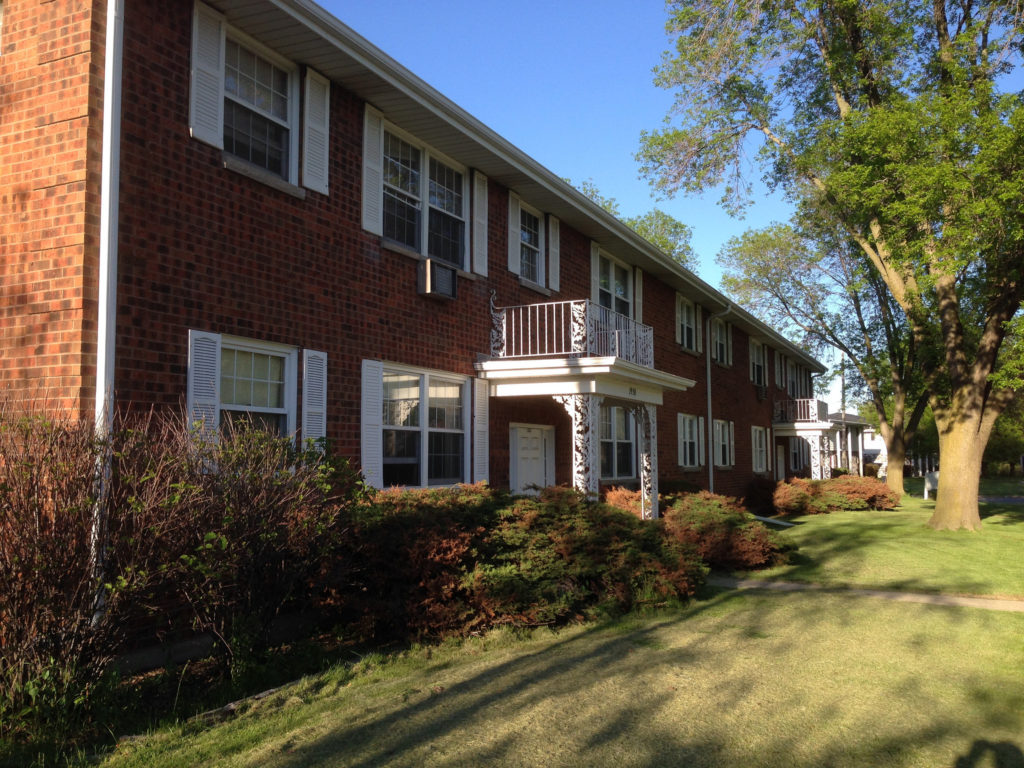 Reader Question: I am considering investing in real estate. Can you explain how people avoid taxes just by owning property?
Reader Question: I am considering investing in real estate. Can you explain how people avoid taxes just by owning property?
Monty’s Answer: Real estate investors do not invest in real estate to avoid taxes. They invest in real estate to build wealth. Appreciation, income, and depreciation create wealth in real estate. Depreciation is also a benefit for a wide variety of enterprises outside of real estate; think airplanes or heavy equipment. Real estate investors also pay real estate taxes, income tax, employment tax, capital gain tax, and many other taxes.
Defer vs. Avoid
The Internal Revenue Service (IRS) recognizes that building components wear out. The IRS allows property owners to depreciate the improvements on the property, but not the land the building occupies. Depreciation provides a mechanism for a property owner to replace, repair or maintain components. The recognition of depreciation, referred to as “basis” in tax lingo, is to encourage continued investment in the property, so it maintains or increases in value. For example, replacing a furnace will trigger an increase in the basis.
The IRS has strict rules that allow owners to exchange property. The remaining unused depreciation can be transferred into another property to defer, not avoid, some or all of the capital gain tax due on the sale of the original property. These transfers are called 1031 exchanges, starkers, or like-kind exchanges. The deferred portion of the gain would reduce the basis in the second property which would result in a more significant capital gain tax due on the future sale of that property. The correct word to use when describing this scenario is the word defer, rather than avoid.
Many consumers buy investment real estate
Being a real estate investor is not an automatic ticket to wealth. The number of investors that achieve moderate success or financial losses far eclipses those attaining significant wealth. Here are some Dear Monty pointers at http://bit.ly/2NJg1qP to consider before making your first investment. Aversion to risk is a non-starter for many individuals. Many investors will start with one property to gain experience, and if they learn and see positive results with their decisions, grow the investment one step at a time. There are specific components to investing in real estate that every self-made real estate millionaire knows.
The key components
- Location is essential to understand because real estate has a wide variety of property types and vertical markets from which to choose. Tactics one employs in some places will not find success in other markets. For example, an investor seeking high returns in apartment rentals will likely look for property in less desirable neighborhoods because the market rents and property prices in more desirable areas will not allow fifteen to twenty-five percent annual returns. The work and the risk to participate in less desirable property is much higher so the yields must be correspondingly higher.
- Market knowledge means understanding what types of property you are competing with and how much investors or users are paying. Is the market robust? Using apartments as an example, how long does it take to rent an apartment. What is the turnover rate? Are rents in the area rising, declining, or steady? Does the property fit with your plan? If you are investing in raw land, you still must understand similar underlying market dynamics.
- Appreciation can come in a variety of ways. The most common way investors experience appreciation is over a period of years as the economy grows. According to the Federal Reserve of St. Louis, the median value of a new single-family home in America in 1963 was $17,200. Today that same median is $440,300. Other tactics to create appreciation, which involves more risk, includes adding value to a property. A well-known example is flipping houses. Another tactic is changing the use of property, which often requires rezoning.
- Cash flow is a must in many types of real estate investments. From parking lots and storage units to large apartment buildings, without cash flow, the investment burns cash. The cash flow has many uses depending on your plan, but commonly it can be accumulated for a downpayment on another venture, reinvested in property improvements, or placed in a rainy day fund.
- Property management is another fundamental necessity as your portfolio grows. Taking care of and improving the property encourages extended occupancy and higher rents. Understanding financing, landlord-tenant law, managing vendors, vetting prospective tenants, and customer service makes a significant difference in your results.
